6. Nightmare Alley (2021)
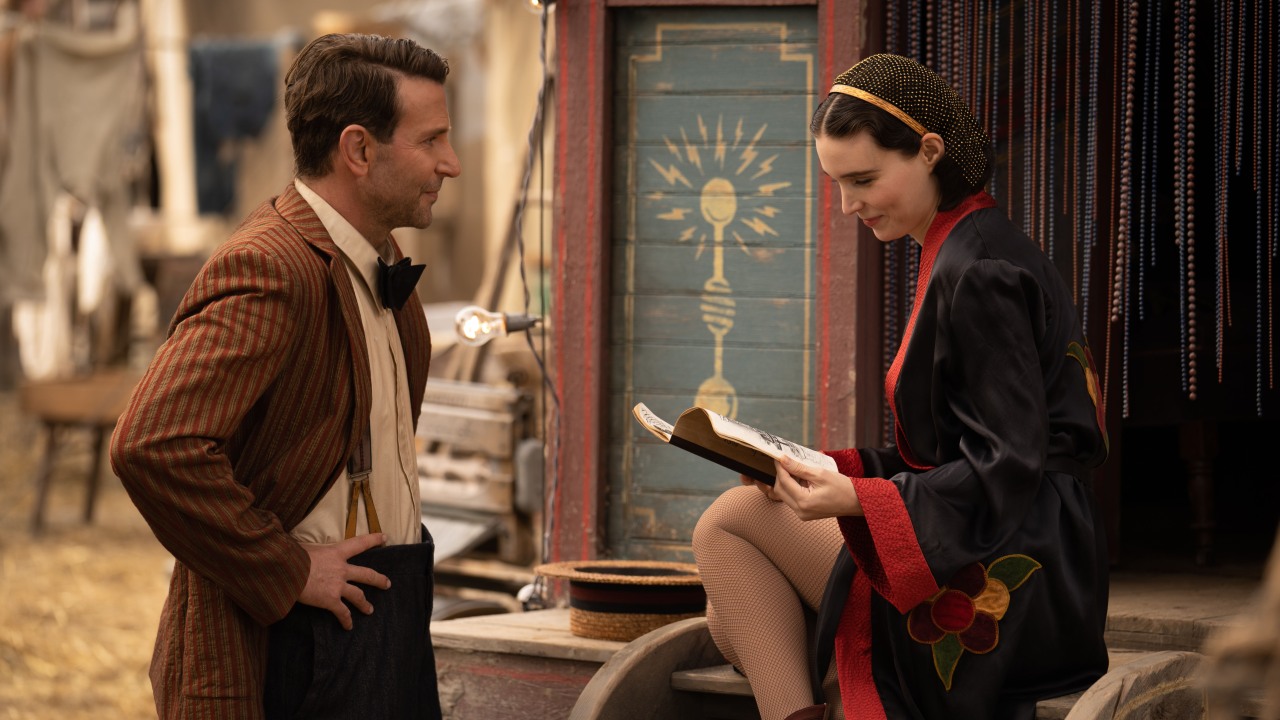
For all his earnestness and cuddly public persona, Del Toro can be a gnarly filmmaker, not one to shy away from depicting violence or despicable behavior.In his best films, he understands that the beautiful cannot exist without the ugly.
Even so, “Nightmare Alley” is a marked departure for the filmmaker, who has never before entered a world of such despair and moral vacancy, centering on an unscrupulous protagonist who could be considered the villain of his own story, were he not surrounded by even more dangerous figures. It’s a wonderfully misanthropic and cynical narrative, filled with deceit, brutal violence and a pervading sense of existential doom – the makings of a classic noir.
And that’s clearly what attracted Del Toro to the story in the first place. A seedy, pessimistic crime drama may not seem, initially, like something one would associate with his particular style, but he’s primarily a filmmaker interested in genre and it’s aesthetics, making this movie a perfect excuse for another one of his exquisitely tailored pastiches. To be clear, that’s not meant as derogatory, Del Toro understands noir not only visually, but also spiritually, honoring the hopelessness that’s at the heart of the genre.
“Nightmare Alley,” like most recent Del Toro’s, is far from a complete masterpiece, it’s a little too mannered in its stylistic ticks, a little too labored in pacing — and Del Toro and cinematographer Dan Lautseen’s restless camera almost never allows for interesting compositions — but it’s still a tremendously watchable and lovingly crafted film.
5. Blade II (2002)
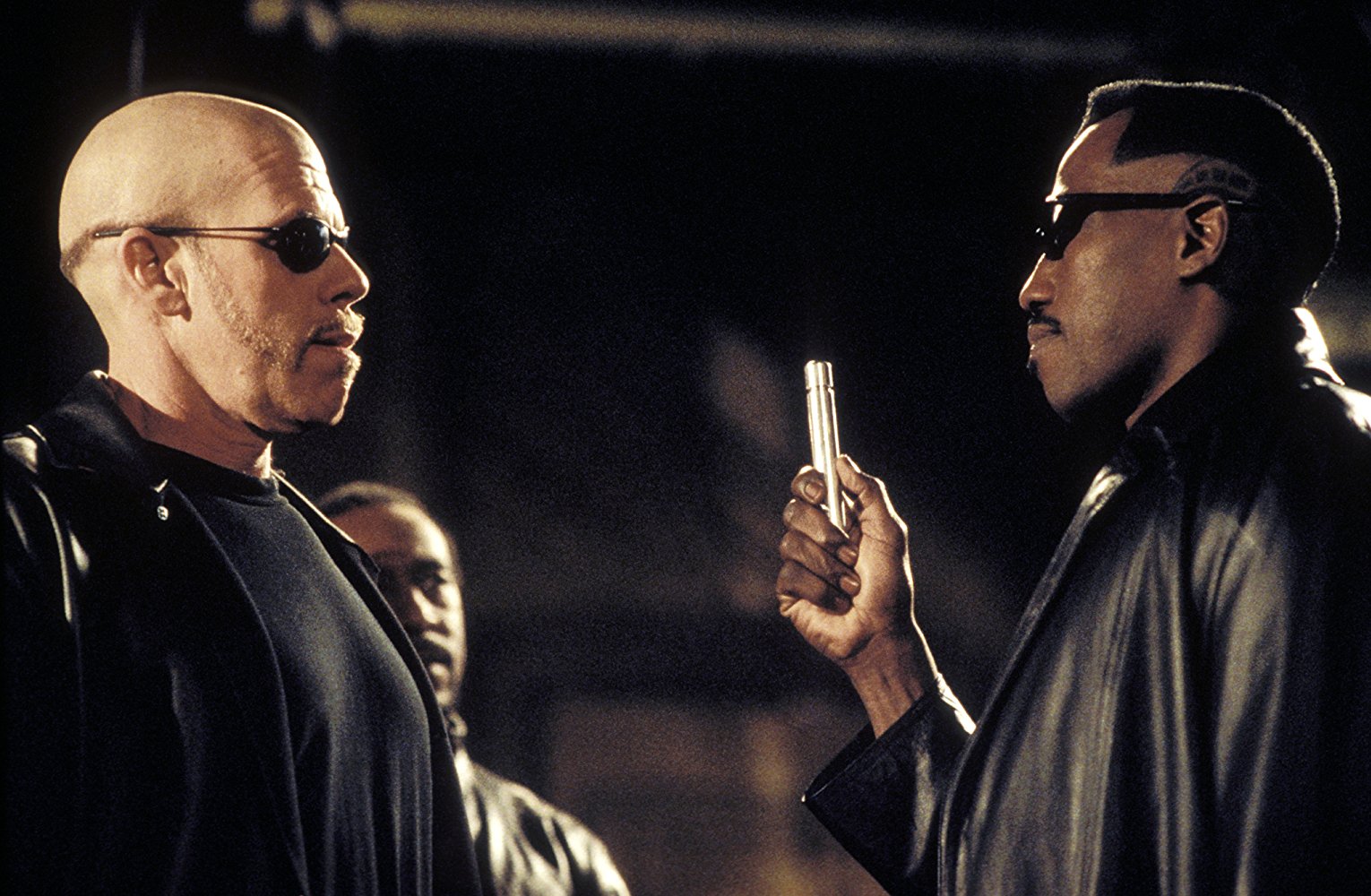
As said before, as high profile auteurs go, Del Toro is one of the most populist and seemingly one of the ones least concerned with being taken seriously, tackling genres often considered less respectable, particularly horror. That doesn’t mean, however, that he isn’t pretentious; in most of his films, despite not being ashamed of their silly surfaces, he seeks to impart some sense of pathos and gravitas to his stories, and sometimes a clear political statement.
There are only two films in his entire oeuvre that can be described as a pure no-frills all-thrills popcorn genre exercise: the aforementioned and deeply flawed “Pacific Rim” and the wonderful “Blade II,” which is not only a vastly superior sequel to the original, but also one of the best films Del Toro has ever done.
“Blade II” finds Del Toro at his most pulpy, with an almost adolescent glee in getting to play in this sandbox, throwing in everything from sword fights to shootouts to insanely gory vampire killings – everything seems calibrated to be as cool as it can possibly be. That approach could easily become grating and juvenile, were the craft not so incredible, from the excellently directed action scenes to the immaculate prosthetics and practical effects. Obviously, GDT made better overall movies, but never anything purely as fun as this.
4. Crimson Peak (2015)
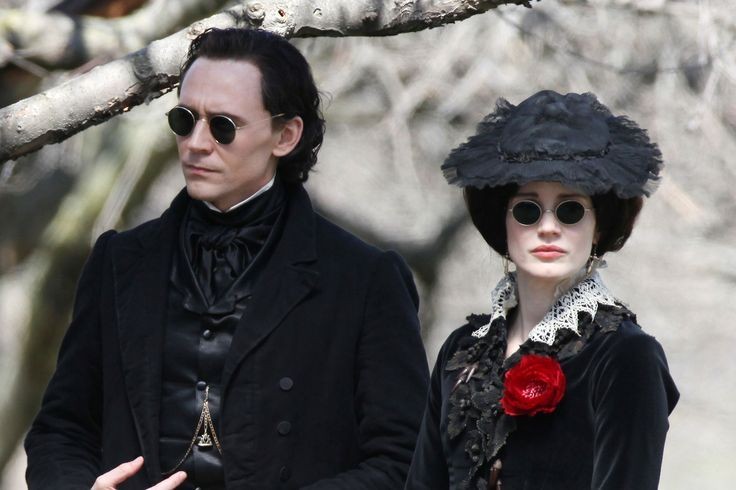
It’s possible to be a hugely celebrated filmmaker whose filmography is treasured and respectedand still have underrated individual films – most great directors have, in addition to their canonically accepted masterpieces, many other excellent movies that for one reason or another have fallen short of the widespread acclaim they deserve.
In Del Toro’s case, that movie is “Crimson Peak,” his most visually gorgeous and sustained effort in pure atmosphere. Like all of his best films, it completely nails the genre it seeks to pay homage to; the story is a gothic romance (a term the director made sure to insist upon during the movie’s press run) in the vein of “Jane Eyre” and “Wuthering Heights” that happens to include ghosts, something Del Toro masters not only in plot (it’s structurally identical to these classic novels, from the ingenue protagonist to the tortured love interest) but also in mood, effortlessly balancing between the genuinely romantic and the horrifying.
Dramaturgically, “Crimson Peak” is one of Del Toro’s finest narratives, well-plotted and impressively acted, but the true key to its greatness is Del Toro’s visual sophistication, featuring one of the most lavish color schemes of the century and god-tier production design.
3. The Devil’s Backbone (2001)
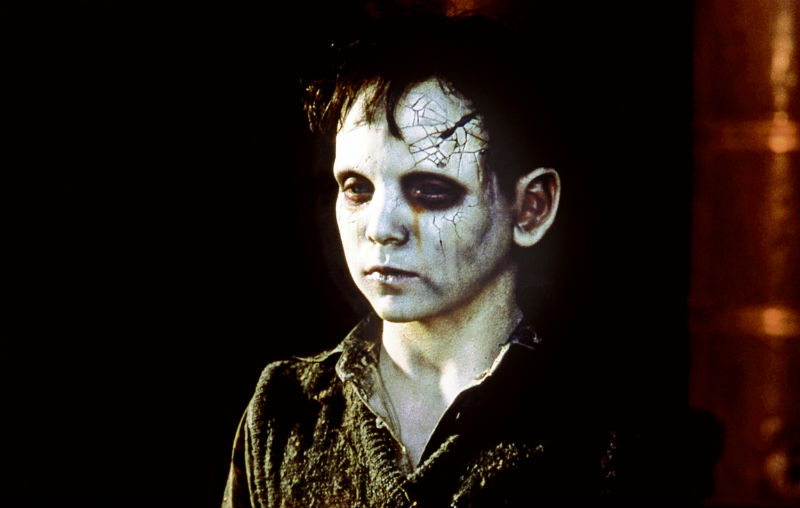
After the horrible experience of “Mimic,” Del Toro needed to make something to reinvigorate his then badly damaged career; an antidote to the anti-septic experience of Hollywood big studio filmmaking. What he came up with was a tonic, one of his most deeply personal movies: “The Devil’s Backbone.”
As said before, Del Toro had from his very first film a distinct identity, both thematically and visually; but it was only in this, his third film, that he truly orchestrated those traits into a coherent style, merging his obsession with fairy tales and horror iconography with a mature, assured point of view.It was, in resume, the first time GDT proved to be more than a mere genre stylist, but also a political artist with a vital understanding of human nature. This is the beginning of Del Toro’s balance of brutality and tenderness, one of the most essential components of his cinema, that at its best can be both confrontational and comforting, equally as violent as it is romantic.
And like all Del Toro’s best movies, “The Devil’s Backbone” works on multiple levels: it’s a fierce condemnation of the Franco regime in Spain, a metaphysical ghost story, and simply a spooky horror movie, terrifically plotted and crafted.
2. Hellboy II: The Golden Army (2008)
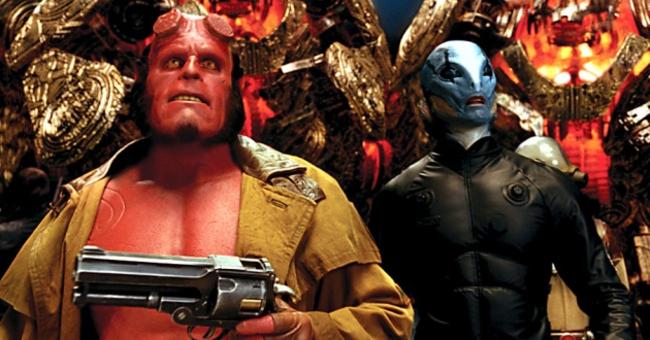
Despite enjoying tremendous commercial success, critical acclaim, and awards popularity, Guillermo Del Toro is far from a unanimity; there’s no shortage of critics who are skeptics of his style or outright hostile to his work. It’s a testament, then, to his undeniable visual brilliance that even his most passionate detractors don’t deny the overwhelming beauty of his movies.
The peak of Del Toro’s visual ingenuity and imagination is “Hellboy II: The Golden Army,” one of the greatest unsung sequels ever made – it’s one of the most astounding examples of a leap in quality between a first and a second film in a franchise. The original “Hellboy” squandered its many qualities (the charisma of leads, their chemistry together, the richness of the universe) with an unfocused narrative, terrible villains and underwhelming action sequences. In the mere four years separating that from “The Golden Army,” Del Toro fixed every single one of these problems and doubled down on everything that was already good – this film is essentially the platonic ideal of what great superhero cinema can be: swooningly romantic, effortlessly entertaining, and an astonishing spectacle, with beautifully constructed set pieces that put to shame most blockbuster action filmmaking of the time.
“Hellboy II” is one of the very, very few extremely expensive event films in which its massive budget is actually apparent on the screen; Del Toro may never again be able to replicate the sheer wonder and awe-inspiring craftsmanship of this film, one of the most impressively designed motion pictures there is (the magical market sequence is one for the history books).
1. Pan’s Labyrinth (2006)
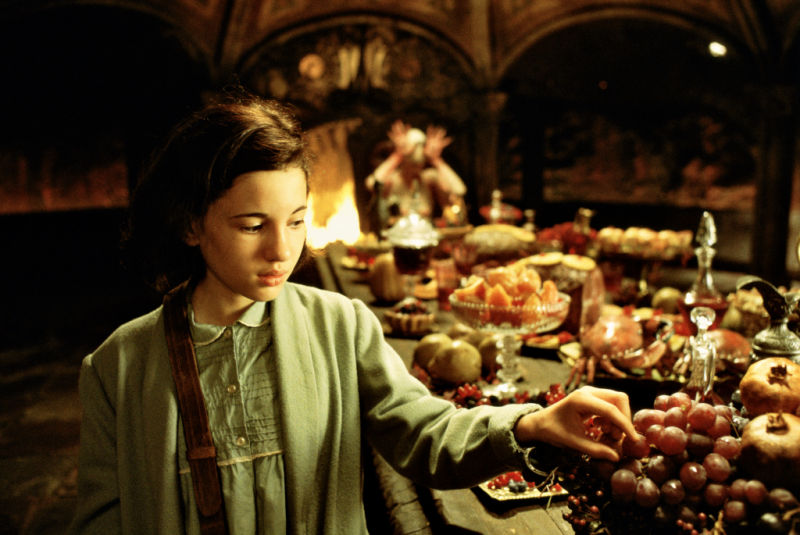
Almost every filmmaker of some note has one signature film, the one that, while not necessarily universally agreed upon to be their very best movie, represents the essence of their cinema so thoroughly that it inevitably becomes the picture most associated with them. For Guillermo Del Toro, that film is “Pan’s Labyrinth.”
The movie is essentially the synthesis of his career, the most thorough summation of every single one of Del Toro’s aesthetic and thematic obsessions; it is narratively and formally this director’s definitive cinematic statement. There’s the fairy-tale structure, that serves both as ironic counterpoint to the real atrocities portrayed and also as a genuine narrative engine, the fantastical elements blended with a relatable human story, a furious political statement, exhaustingly detailed production design, jaw-dropping practical effects, squirm-inducing bouts of violence, and disarming emotional sincerity – everything mentioned so far in this list as the main characteristics of Del Toro as an auteur are present here at maximum potency.
But “Pan’s Labyrinth” is not of interest simply to auteurist theorists or Del Toro fanatics, because, from a dramaturgic standpoint, he has never been better. This is the best story he has ever told. It is fascinatingly conceived and masterfully executed. And while the film doesn’t quite achieve the visual heights of “The Golden Army” (few things do) it’s still utterly drop-dead gorgeous, frame after exquisite frame.